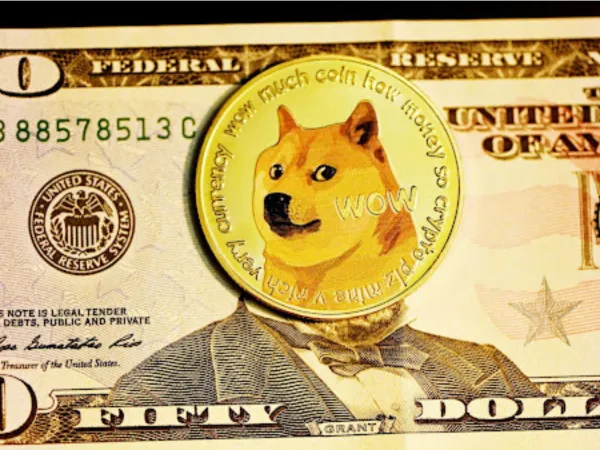
Incentives and the Attention Economy: A Study in Supply and Demand
Introduction
The emergence of the attention economy has changed the nature of value in the digital world. Much of the argument centers on the way platforms monetize user attention, but an equally critical aspect is how they incentivize content creation in the first place. We can use the economic principle of supply and demand to analyze how the extraction of value from attention this way ends up actually motivating the production of content which translates into far more eyeballs on the metaphorical newspaper.
The Demand for Attention and the Supply of Content
Demand describes the desire and potential of consumers to pay for content, while supply describes the amount of content provided by creators. Particularly, digital platforms like Upon, TikTok, and Instagram operate like two-sided markets, where both users and creators take part in the attention exchange. Jumptask and other such platforms and meta-platforms provide a steady supply of engaging content to cater to each user's demand while creating new incentives for creators through monetization opportunities, visibility algorithms, and social validation.
Real-World Example: YouTube’s Monetization Model
YouTube's Partner Program (YPP) is a textbook expression of supply and demand in the attention economy. Based on the amount of advertising revenue they will be linking to the content, YouTube will then pay creators, giving us an incentive to create more content when we want to see more of it and vice versa. According to the platform, just in 2022, YouTube creators made more than $30 billion, an excellent example of how economic incentives lead to compulsory content creation. The more engaging the content is, the broader advertisement income it generates, thus pushing the inventors to formulate extra movies that fit practically strictly to audiences' preferences.
But that dynamic has also resulted in content saturation, with creators competing with each other more than ever. As supply increases, platforms alter algorithms to leave engagement intact, rewarding longer watch times and higher interaction rates. Thus, a feedback loop is established whereby the content must evolve to stay relevant.
TikTok and the Incentivization of Micro-Content
TikTok is a great example of supply and demand playing out in real time. As a better alternative to fixed advertising models, TikTok rewards content creators through its Creator Fund, established in 2020 based on content engagement metrics. Creatives have reacted by engaging in short-form video production in droves to capture the most eyes and ears within 60 seconds fully. In 2021, TikTok told Vox that creators who made viral content could earn as little as $0.02 and up to $0.04 percent 1,000 views, resulting in an explosion of micro-content designed to suit algorithmic likes.
As more creators join the ecosystem, however, the payout per creator diminishes due to supply — and there is little incentive for new creators to be onboarded. This is just a concept called diminishing marginal returns, an economic principle that states the marginal benefit of producing more of a good can decline over time (the market gets saturated).
Economic Implications: Balancing Supply and Demand
In the attention economy, we can see how difficult it is to balance supply, the creation of content, and demand, user attention. Monetization incentivizes content supply as long as it is new for the platform. But as creators flock to the platform, market saturation has caused per-individual earnings to drop, resulting in strategic shifts on behalf of the platforms.
So, short-form video, in the end, goes to Facebook and Instagram — like most recently, Reels Bonuses — in order to avoid competition with TikTok, even temporarily. But as supply goes up, these incentives could diminish, pushing creators toward alternate revenue streams, like brand partnerships and subscriptions.
Conclusion
Attention economy — how popular attention is a marketplace where demand for attention drives supply. Platforms strategically calibrate incentives to keep a steady flow of high-quality content coming through while maximizing user attention. To make sense of how digital economies function through the lens of supply and demand, our attention economy is no longer solely about monetization but about us as consumers acting as content providers for the content system to flourish.


